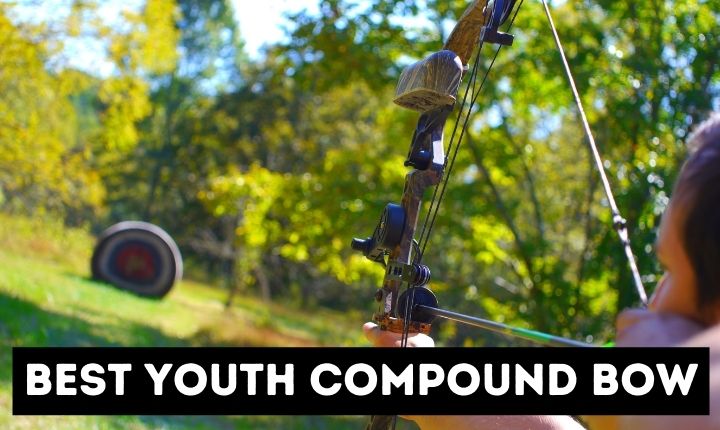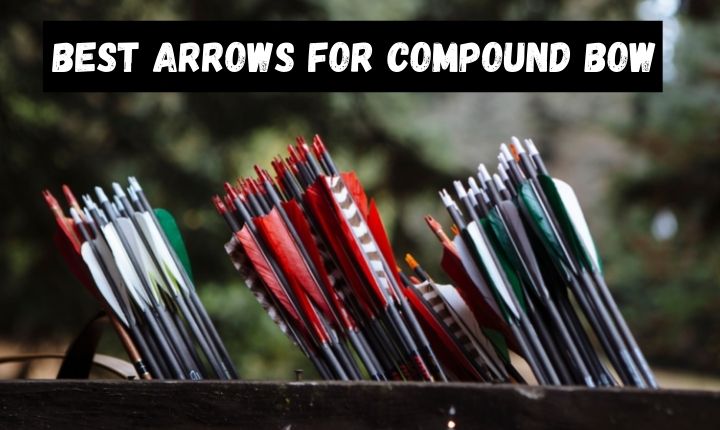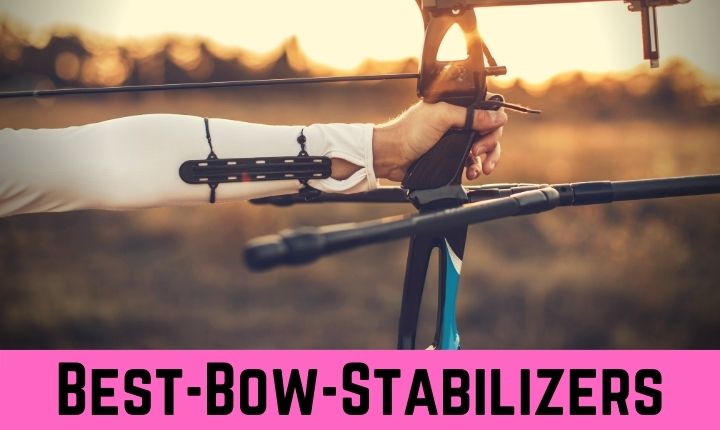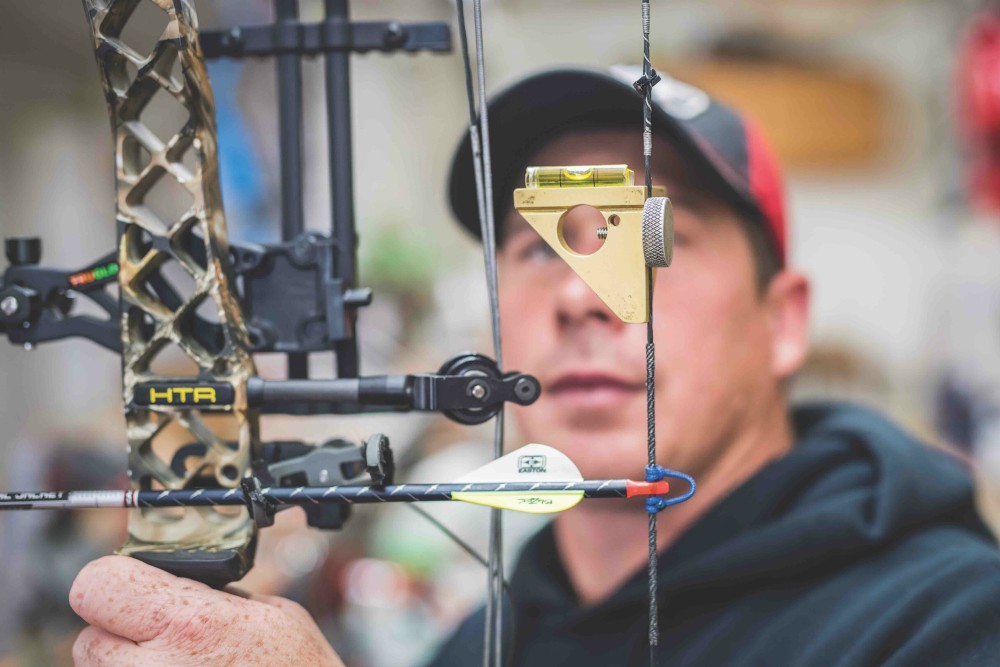If you’re a beginner archer, it is must know factor to get an idea about all the parts of a recurve bow. It will give you to throttle down your skill in the right way,
Besides, every part has its own characteristics that make it different from another archer.
So, if you can use them properly, you’re ahead of those noob archers.
Here are the major parts of the recurve bow explained-
11 Different Parts of a Recurve Bow.
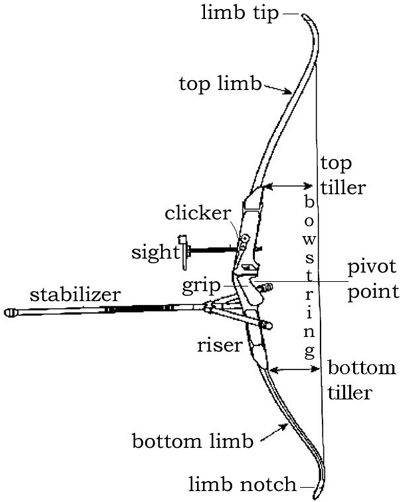
The Limbs
The limbs of a recurve bow are vital components responsible for shooting arrows, whether for hunting or target shooting. These limbs are typically made of either wood or composite materials like fiberglass, wood, or plastic laminate.
Each material possesses distinct characteristics. Wood, while offering a traditional appeal, can be brittle and prone to breakage if not constructed properly.
On the other hand, composite materials such as carbon fiber are lightweight yet incredibly strong, providing durability and enhanced performance.
Comprising one-third of the total bow, the limbs consist of three main parts: the riser (bow handle), the grip (located at one end of the bow limb), and the forearm (situated at the other end of the bow limb).
The primary function of the limbs is to bend back on themselves, creating the distinctive “recurve” shape.
During the draw, the limbs store the energy generated and retain it until the bowstring is released, resulting in a single, powerful shot.
The attachment of the limbs to the recurve bow is crucial. They are affixed to the upper part of the riser near its center using a screw pin, ensuring a secure connection.
This connection allows the limbs to hold the bowstring and propel the arrow or other projectiles with precision and force.
The String
The bowstring is a critical component of a recurve bow, serving as the conduit through which the energy from the bow limbs is transferred to propel the arrow forward with precision.
Various materials are utilized in the construction of bowstrings, offering archers the flexibility to choose based on their individual preferences and specific needs.
When engaging in archery, it is advisable to opt for a specialized fiberglass bowstring tailored to the sport, as it provides a harmonious balance of strength, flexibility, and responsiveness.
Conversely, for hunting purposes, durability and resilience against adverse weather conditions become paramount, necessitating the selection of sturdier materials capable of withstanding the rigors of outdoor environments.
In certain cases, archers may opt for bowstrings derived from animal parts, leveraging their natural camouflage properties to seamlessly blend with the surroundings.
To maintain tension in the bowstring, archers commonly employ a finger tab or shooting glove. This technique involves wrapping the cord securely over the archer’s fingers, affording them enhanced grip and control throughout the drawing and releasing process.
By creating a loop between two fingers, a consistent anchor point is achieved, facilitating heightened accuracy and precision with each shot.
It is imperative to underscore that the choice of bowstring material significantly influences the overall performance of the recurve bow.
Factors such as draw weight, shooting style, and desired outcomes should inform the selection process. Different materials possess varying levels of elasticity, directly impacting the efficiency of energy transfer from the bow limbs to the arrow.
Furthermore, hunters should prioritize the bowstring’s resilience to weathering, given their propensity to encounter adverse environmental conditions.
In the interest of safety, regular inspection of the bowstring is essential to identify any signs of wear, fraying, or other damage that may compromise its integrity.
Prompt replacement is recommended in the event of significant deterioration or weakened structural integrity to avert potential accidents or equipment failure.
To maximize the longevity and performance of the bowstring, proper care and maintenance practices are paramount.
Regular waxing, adhering to manufacturer guidelines, and storing the bowstring in a cool, dry environment is essential to minimize wear and sustain optimal performance over time.
The Riser
The riser of a recurve bow serves as a crucial component, providing the archer with a stable platform from which to shoot arrows. Its primary function is to connect the bow limbs to the handle and securely hold the bowstring.
This central part of the bow is available in various types, constructed from different materials, each influencing the weight and feel of the bow.
While materials like fiberglass or carbon fiber produce lightweight bows capable of shooting arrows with increased force, the riser is typically made from solid wood or laminate woods like basswood or African Padauk.
The notched and shaped design of the riser plays a vital role in providing the necessary clearance for the bowstring when drawn.
This feature allows for smooth and unhindered arrow release, enhancing accuracy and precision. Furthermore, the riser acts as a foundation for the bow, enabling the archer to maintain a firm grip and steady aim.
Its construction must prioritize durability and flexibility, which are properties inherently found in wood.
The use of wood ensures that the riser can withstand the forces exerted during the drawing and releasing of the bowstring, while also providing the necessary resilience for optimal performance.
The significance of the riser in the overall design of a recurve bow should not be underestimated. Its structural integrity directly impacts the stability, balance, and shooting experience of the archer.
A well-built and sturdy riser contributes to consistent and accurate shots, making it a crucial consideration for both beginner and experienced archers alike.
The riser is the central part of the bow that connects the limbs to the bowstring. It’s typically made from materials such as aluminum, wood, or carbon fiber.
| Type of Riser | Pros | Cons |
| Aluminum | Lightweight, durable | Can be less aesthetically pleasing than other options |
| Wood | Aesthetically pleasing, can be customized | Can be prone to warping or breaking over time |
| Carbon fiber | Extremely lightweight, very durable | Typically the most expensive option |
The Sight
The primary purpose of the site is to provide archers with a visual reference point to align their shots. By adjusting the sight, archers can compensate for variables such as windage and elevation, ensuring their arrows hit the intended target.
The site consists of multiple elements, including a mounting bracket, sight pins, and a bubble level. The mounting bracket securely attaches the sight to the bow, while the sight pins act as markers for different distances.
These pins can be adjusted up or down to compensate for the target’s distance. The bubble level helps archers maintain proper bow alignment.
While using a sight is not mandatory, it greatly enhances shooting consistency and precision, especially for target archery.
It allows archers to develop a repeatable aiming technique, leading to improved accuracy over time.
String Nocks:
Located at the tips of the limbs, the string nocks hold the bowstring in place. They can be reinforced with protective materials like metal or plastic to prevent wear and tear.
The string nocks ensure that the bowstring remains securely attached to the limbs, allowing for consistent and reliable shots.
Sight Window:
The sight window is a cutout area in the riser where the archer aligns the arrow with the target. It helps improve accuracy by providing a clear line of sight.
By looking through the sight window, archers can aim their arrows more precisely and make necessary adjustments for distance and wind conditions.
Arrow Rest:
The arrow rest is a small ledge or shelf on the riser where the arrow rests before being released. It supports the arrow and ensures proper positioning for a consistent shot.
Different types of arrow rests, such as shoot-through rests or pressure rests, are available, each with its own advantages and considerations.
Grip:
The grip is the handle of the bow and plays a crucial role in maintaining stability and control. It should fit comfortably in the archer’s hand to minimize torque and allow for consistent shooting.
Grips are often customizable, allowing archers to choose a style and material that suits their preferences and shooting technique.
Clicker:
Advanced recurve bows often feature a clicker, a mechanical device attached to the riser. It produces an audible click when the bowstring is drawn to a predetermined distance, indicating that the archer has reached the desired draw length.
Clickers assist archers in achieving consistent draw length and can help improve accuracy by establishing a reliable anchor point.
Stabilizer:
Stabilizers are optional attachments that help reduce vibrations and improve balance. They consist of a long rod or multiple rods attached to the riser, with weights at the end to counterbalance the bow’s weight distribution.
Stabilizers minimize the movement of the bow during the shot, resulting in smoother and more controlled releases.
String Silencers:
To reduce noise and vibration produced during the shot, string silencers can be added to the bowstring.
They are typically made of materials like rubber or felt and help maintain stealth during hunting or competitive shooting.
String silencers absorb excess vibrations, resulting in a quieter shot and reducing the risk of spooking the game or disturbing other archers on the range.
Conclusion
In conclusion, understanding the different parts of a recurve bow is crucial for getting the most out of your bow. The limbs, string, riser, sight, and stabilizers all play a vital role in the performance and accuracy of the bow. Take the time to research and choose the right parts for your bow to ensure that you have the best setup for your shooting style and preferences.

General Manager & Auditorial Head.
Killian Jake is a World Sports Traveler and hobbyist sports lover. By exploring different sorts of playing modules like indoor, outdoor, and many more. As for professionalism and writing, it’s helpful to give you the right suggestions on different games and sports.

